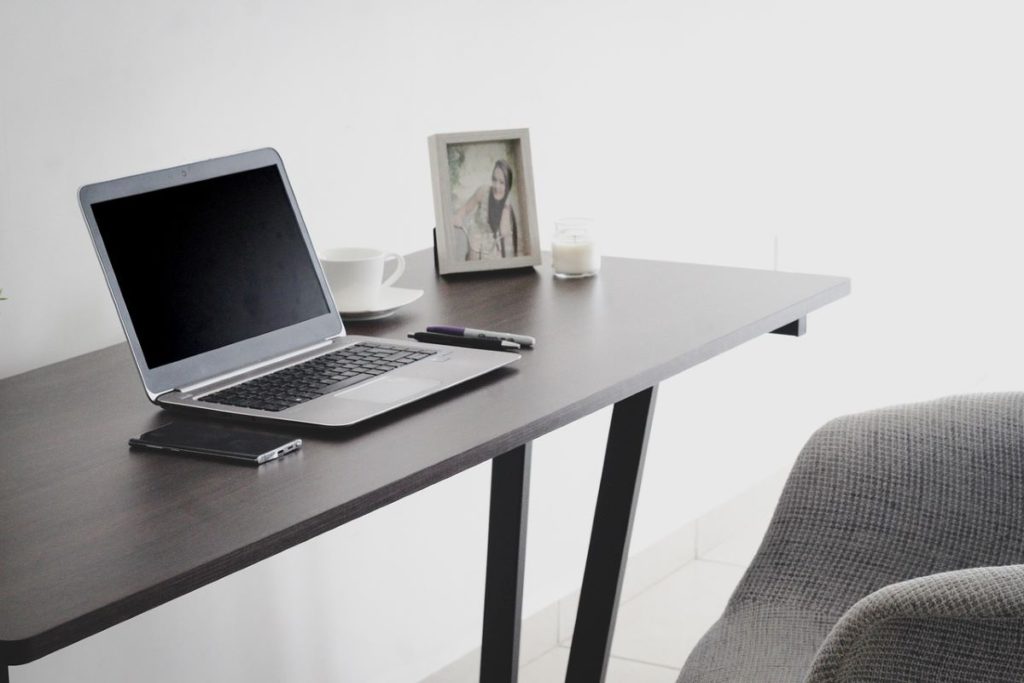In the hustle and bustle of modern life, our surroundings play a pivotal role in shaping our mental health and overall well-being. As we spend a significant portion of our time at home and in the office, it becomes crucial to design these spaces with intentionality, aiming to foster mental health and happiness. The fusion of architecture, interior design, and psychology offers a potent recipe for crafting environments that support emotional balance and enhance productivity. Here, we delve into the art of designing for mental health and happiness, exploring actionable insights to infuse into both residential and professional settings.
Embrace Natural Light and Biophilic Design
Natural light serves as a powerful mood enhancer, influencing our circadian rhythms and boosting serotonin levels. Incorporating ample windows, skylights, and glass doors allows sunlight to flood interiors, creating a sense of openness and vitality. Biophilic design principles advocate for integrating elements of nature into built environments. Introduce indoor plants, living walls, and organic materials like wood and stone to evoke a connection with the outdoors, thereby reducing stress and promoting tranquillity.
Foster Connectivity and Social Interaction

Human connection is essential for maintaining good mental health. In both home and office settings, prioritise spaces that facilitate social interaction and collaboration. Design communal areas such as cosy living rooms, inviting kitchen islands, or collaborative work zones where individuals can engage in meaningful conversations, share experiences, and forge supportive relationships. Encourage the integration of comfortable seating arrangements and inviting aesthetics to foster a sense of belonging and camaraderie.
Cultivate Serenity with Mindful Design Elements
Nurturing a serene ambience through mindful design elements is paramount for instilling a sense of tranquillity in our surroundings. By incorporating soothing colour palettes and natural textures, such as soft blues and earth-toned textiles, spaces can evoke a calming atmosphere. Integrating minimalist retail display stands into the decor can also contribute to decluttering and simplifying the visual landscape, fostering a peaceful environment conducive to relaxation. Strategically placing sleek weld mesh fence panels, on the other hand, can delineate spaces while maintaining an open and airy feel, promoting a sense of serenity and harmony throughout the area. These thoughtful design choices invite individuals to unwind and find solace amid the demands of daily life.
Prioritise Ergonomics and Comfort
Physical comfort is intricately linked to mental well-being. Invest in ergonomic furniture designed to support proper posture and alleviate strain on the body. Adjustable desks, ergonomic chairs, and supportive cushions promote comfort and reduce the risk of musculoskeletal issues. Pay attention to the tactile experience by incorporating soft textiles, plush rugs, and cosy throws, inviting individuals to unwind and feel at ease within the space.
Promote Personalisation and Self-expression
Empower individuals to personalise their environments, infusing spaces with elements that reflect their unique personalities and interests. Whether it’s displaying cherished artwork, incorporating favourite colours, or showcasing meaningful mementoes, fostering self-expression cultivates a sense of ownership and identity. In the workplace, provide opportunities for employees to personalise their desks or workstations, fostering a sense of pride and engagement.
Integrate Wellness Zones and Healthy Habits
Designating specific areas dedicated to wellness activities reinforces the importance of self-care and healthy habits. Create designated zones for exercise, stretching, or mindfulness practices equipped with essential amenities such as yoga mats, exercise equipment, or meditation cushions. Encourage movement throughout the day by incorporating staircases, walking paths, or bike racks, promoting physical activity and reducing sedentary behaviour.
Incorporate Sensory Stimulation and Aesthetic Pleasure
Engage the senses through thoughtful design elements that stimulate sight, sound, smell, touch, and taste. Curate visually captivating spaces adorned with art installations, sculptures, or decorative accents that inspire wonder and delight. Integrate soothing soundscape options, such as nature sounds or instrumental music, to create a harmonious auditory environment. Explore aromatherapy by diffusing calming scents like lavender or eucalyptus to evoke relaxation and rejuvenation.
Embrace Flexibility and Adaptability
Flexibility in design allows spaces to adapt to evolving needs and preferences over time. Incorporate modular furniture, movable partitions, and adaptable layouts that can accommodate various activities and functions. Embrace technology-enabled solutions such as smart lighting, adjustable temperature controls, and digital wellness tools to enhance comfort and convenience while supporting well-being.
All in all, designing spaces for mental health and happiness entails a holistic approach that addresses the physical, emotional, and psychological needs of individuals. Through intentional design interventions, we have the power to create environments that not only elevate mood and productivity but also inspire a profound sense of fulfilment and contentment in our daily lives.
